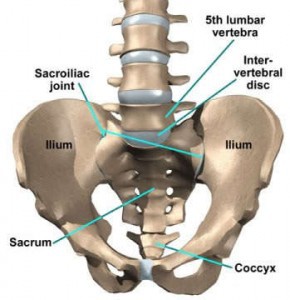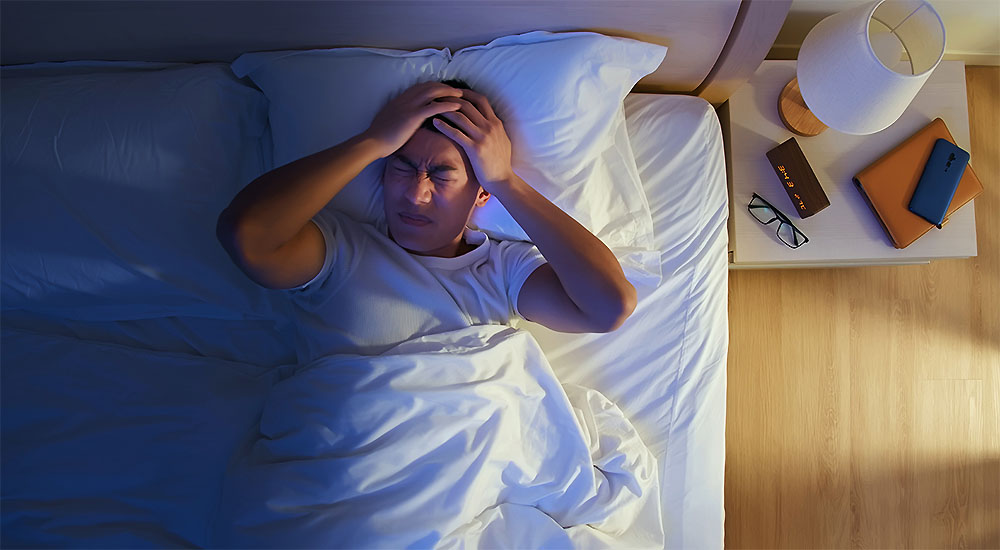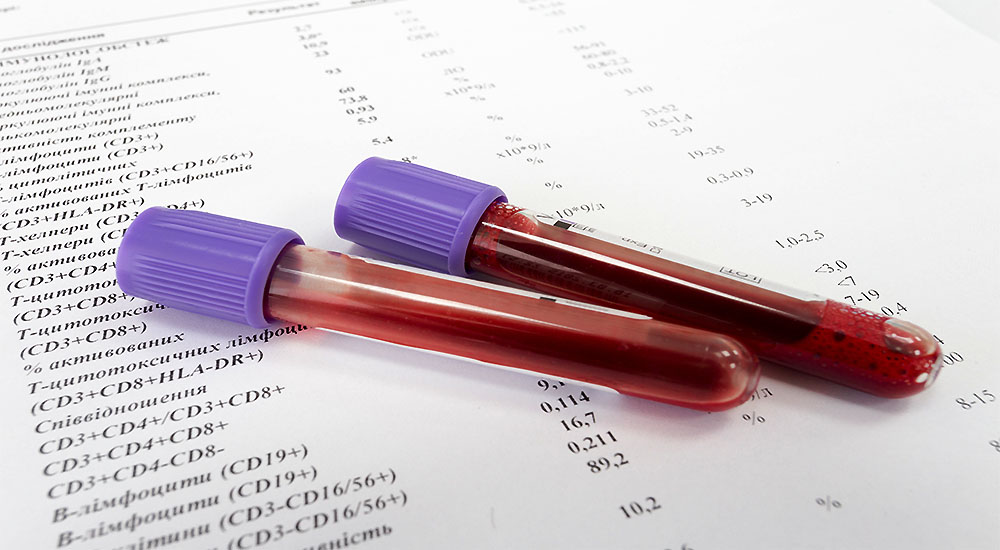Effective Non-Drug Treatment of Pelvic Pain/Sacroiliac
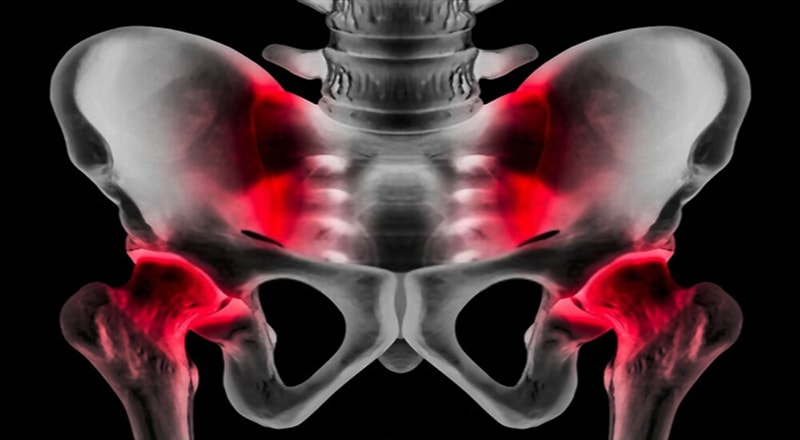
In Pain? Is it Your Spine or Your Sacroiliac?
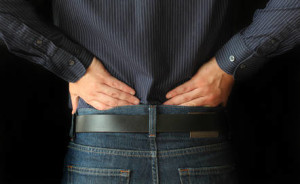
The sacrum, an upside-down triangular bone at the base of the spine, is composed of five vertebrae (bones of the spine) that are fused together and do not move. This is quite unlike most vertebrae of the spine that are individually mobile.
The iliac bones, on either side of the sacrum, are the two large bones that make up the pelvis. As a result, the SI joints connect the spine to the pelvis. The sacrum and the iliac bones (ileum) are held together by a collection of strong ligaments.
There is relatively little motion at the SI joints. Most of the motion in the area of the pelvis occurs either at the hips or the lumbar spine. These joints support the entire weight of the upper body when erect, which places a large amount of stress across them. They are therefore extremely important for stability, and if misaligned or malfunctioning, pain can result.
How Do You Know if Your Sacroiliac Joint Has a Problem?
The most common symptoms from SI joint dysfunction are low back and buttock pain. The pain may affect one side or both SI joints.
The pain can radiate down the leg all the way to the foot and may be confused with a herniated disc in the lumbar spine. The pain may radiate into the groin area. People often feel muscle spasm in one or both of their buttocks muscles.
Problems with the SI joint may make sitting difficult. Pain in one SI joint may cause a person to sit with that buttock tilted up. It is usually uncomfortable to sit flat in a chair.
Why Does the Sacroiliac Joint Pain Become Painful?
- As with most other joints in the body, the SI joints have a cartilage layer covering the bone. The cartilage allows for some movement and acts as a shock absorber between the bones. When this cartilage is damaged or worn away, the bones begin to rub on each other, and degenerative arthritis (osteoarthritis) occurs. This is the most common cause of SI joint dysfunction. Degenerative arthritis occurs frequently in the SI joints, just like other weight-bearing joints of the body.
- Another common cause of SI joint dysfunction is pregnancy. During pregnancy, hormones are released in the woman’s body that allows ligaments to relax. This is important as it prepares the body for childbirth, however such relaxation of the ligaments holding the SI joints together allows for increased motion, increased stresses, and abnormal wear. The additional weight and walking pattern (altered gait) associated with pregnancy also place additional stress on the SI joints.
- Patients with severe pain in the lower extremity (leg, hip, knee, ankle, and/or foot) often develop problems with either the lower back (lumbar spine) or SI joints.
- Muscle imbalance in the legs or one-sided weakness of lower extremity muscles can lead to asymmetric posture, increased stress on one side of the pelvis, and an imbalanced weight-bearing load throughout the torso. The result is increased stress on one or the other side of the pelvis.
- Poor midsection and abdominal muscle control can lead to increased stress on the ligaments, causing laxity over time and SI dysfunction.
- Weight gain around the midsection also adds stress to the SI joint area.
- Scoliosis can cause asymmetrical movement leading to abnormal load transfer and SI joint dysfunction.
- Poor postural awareness and bad habits in sitting, standing, and daily activities can put an incorrect weight-bearing pattern on the sacrum.
- Trauma or injury from a fall onto the buttocks, a blow to the side of the pelvis or a motor vehicle accident affecting the lower back, can strain the ligaments around the SI joint, creating instability
Diseases that Can Create SI Joint Pain
There are many disorders that affect the joints of the body and that can cause inflammation in the SI joints. These include gout, rheumatoid arthritis, psoriasis, and ankylosing spondylitis.
These are all various forms of arthritis that can affect all joints. Ankylosing spondylitis is inflammatory arthritis that always affects the SI joints. It can lead to stiffness and severe pain in these joints.
As the disease process continues, the SI joints fuse together and have no further motion. Once this occurs, there is no further pain but movement becomes severely limited.
Diagnosis
Diagnosis begins with a complete history and physical exam.
A physical therapist will ask questions about your symptoms and how the pain is affecting your daily activities. Your therapist will also want to know what positions or activities make your symptoms worse or better. You will be asked about any injuries in the past and about any other medical problems you might have such as any arthritis that runs in the family. Your physical therapist then examines you by checking your posture, how you walk, and where your pain is located. Your therapist checks to see which back movements cause pain or other symptoms.
Your skin sensation, muscle strength, and reflexes are also tested because it can be difficult to distinguish pain coming from the SI joint versus pain coming from other spine conditions.
X-rays are commonly ordered of both the low back and pelvis. X-rays can give your physical therapist an idea about how much wear and tear has occurred in the SI joint. X- rays of the lumbar spine and hips are also helpful to rule out problems in these areas that may act and look like SI joint dysfunction.
With a proper and thorough exam, a correct diagnosis can be made.
Effective Treatment
The physical therapy department at Root Cause Medical Clinic evaluates each patient individually and creates unique and tailored treatment plans. Physical therapy can address pain with modalities such as ultrasound, e-stim, heat, and ice. Manual therapy decreases the tightness of the muscles surrounding the SI joint. Stretching those muscles is also helpful. As the symptoms become less acute, physical therapy is highly beneficial to strengthen weak muscles, with the goal of preventing future problems.
Do you need help with your health?
We have the diagnostic and testing tools, the clinical experience, and a different medical approach to discovering the root cause of why you have the symptoms that are bothering you. As long as you are ready to make some dietary and lifestyle changes, we can help you. We will "hold your hand" through the changes, step by step, to make each step an easy one. We are located in Clearwater, FL, at 1000 S Ft Harrison, at the corner of Ft. Harrison Ave. and Magnolia St. There is plenty of parking space directly accessible from Ft Harrison. If it is not convenient for you to come to Root Cause Medical Clinic, we offer telehealth/telemedicine consultations to residents of certain states. Call us for details.
Contact us for a Consultation – Call 727-335-0400
Ask a Doctor
Have a health concern you'd like to speak with a doctor about? Or just want clarity on a subject? Ask Us!
Featured Articles
Popular Stories

Dr. Rupa Chakravarty DPT, OCS
Director of Physical Therapy at Root Cause Medical
Doctor of Physical Therapy, Orthopedic Certified Specialist
Dr. Chakravarty has numerous certifications for different techniques in Physical Therapy practice. She employs an extensive array of manual as well as exercise techniques to manage her patients’ symptoms during their course of therapy.

